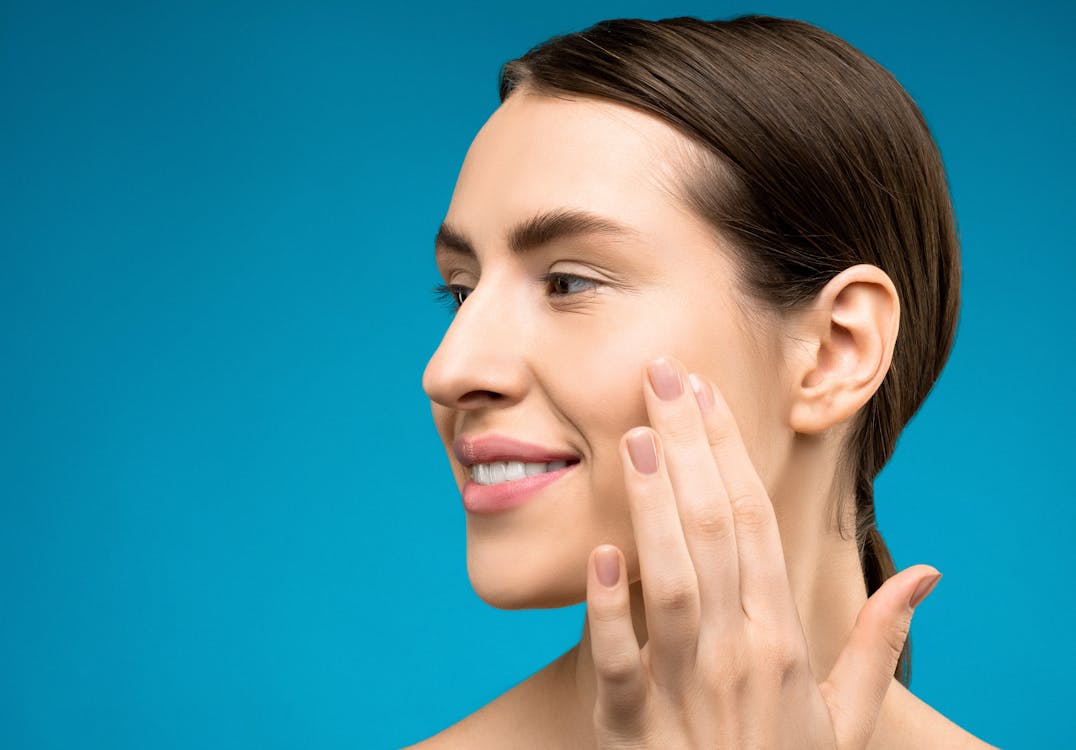The Rise of Clean Beauty: What You Need to Know About Non-Toxic Skincare
In recent years, the beauty industry has witnessed a significant shift towards clean beauty and non-toxic skincare. Consumers are becoming more conscious of what they put on their skin, leading to a surge in demand for products free from harmful chemicals. This article delves into the rise of clean beauty, the benefits of non-toxic skincare, and what you should look for when making the switch.

Understanding Clean Beauty
Clean beauty refers to products that are mindfully created and produced without any proven or suspected toxic ingredients. The goal is to deliver a high-quality, effective product without compromising on safety. Unlike conventional beauty products, clean beauty items avoid ingredients like parabens, sulfates, and synthetic fragrances, which have been linked to various health concerns.
Benefits of Non-Toxic Skincare
Reduced Irritation and Allergies: Many synthetic ingredients can irritate sensitive skin. Non-toxic skincare products are formulated to be gentle and minimize the risk of adverse reactions.
Natural Ingredients: These products often contain natural, plant-based ingredients that are rich in antioxidants, vitamins, and essential fatty acids, providing nourishment and protection for your skin.
Long-Term Health: By avoiding harmful chemicals, you reduce the risk of long-term health issues, such as hormonal disruptions and carcinogenic effects.
Key Ingredients to Look For
When selecting non-toxic skincare products, it’s important to know which ingredients are beneficial. Here are a few to keep an eye out for:
Aloe Vera: Known for its soothing and hydrating properties, aloe vera is excellent for all skin types.
Jojoba Oil: This oil mimics the skin’s natural sebum, making it a great moisturizer without clogging pores.
Green Tea Extract: Rich in antioxidants, green tea extract helps combat free radicals and has anti-inflammatory properties.
Shea Butter: An excellent moisturizer, shea butter is rich in vitamins A and E, promoting healthy skin.
Ingredients to Avoid
To ensure you’re using truly clean products, steer clear of these common harmful ingredients:
Parabens: These preservatives can disrupt hormone function and have been linked to an increased risk of breast cancer.
Sulfates: Found in many cleansers, sulfates can strip the skin of its natural oils, leading to dryness and irritation.
Synthetic Fragrances: These can cause allergies, skin irritation, and even respiratory problems.
How to Transition to Clean Beauty
Research Brands: Look for brands that prioritize clean, non-toxic ingredients and transparent practices. Certifications such as USDA Organic, EWG Verified, or Leaping Bunny can also guide you.
Read Labels: Get into the habit of reading ingredient lists. Familiarize yourself with both harmful and beneficial ingredients.
Patch Test: When trying a new product, always do a patch test to ensure it doesn’t cause any adverse reactions.
Replace Gradually: You don’t need to overhaul your entire routine overnight. Start by replacing products as you run out, focusing first on items that stay on your skin the longest, like moisturizers and serums.
Conclusion
The rise of clean beauty is more than just a trend—it’s a movement towards healthier, safer, and more sustainable skincare. By choosing non-toxic skincare products, you’re investing in your long-term health and supporting a more eco-friendly industry. Remember to research, read labels, and make informed decisions as you transition to a cleaner beauty routine. Your skin and the planet will thank you.

 Cricket Score Counter
Cricket Score Counter Heads or Tails
Heads or Tails
You have not logged in, please Login to comment.